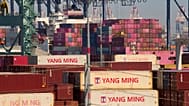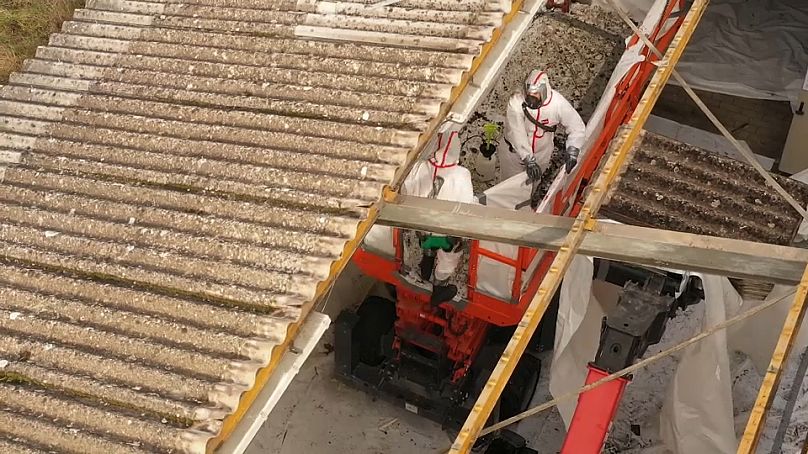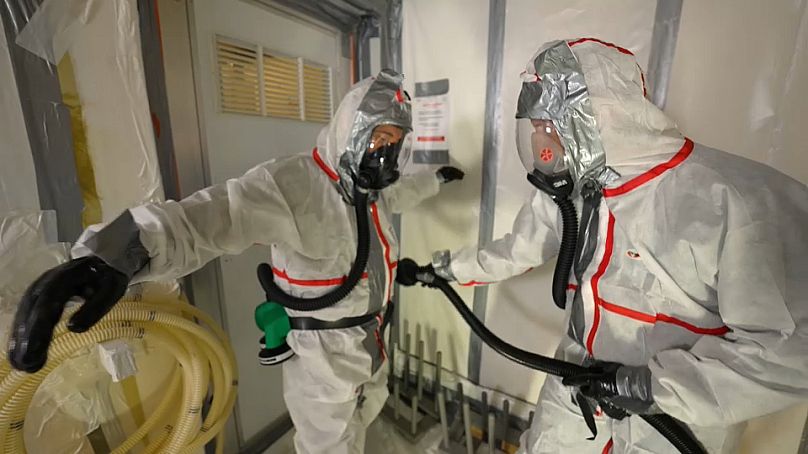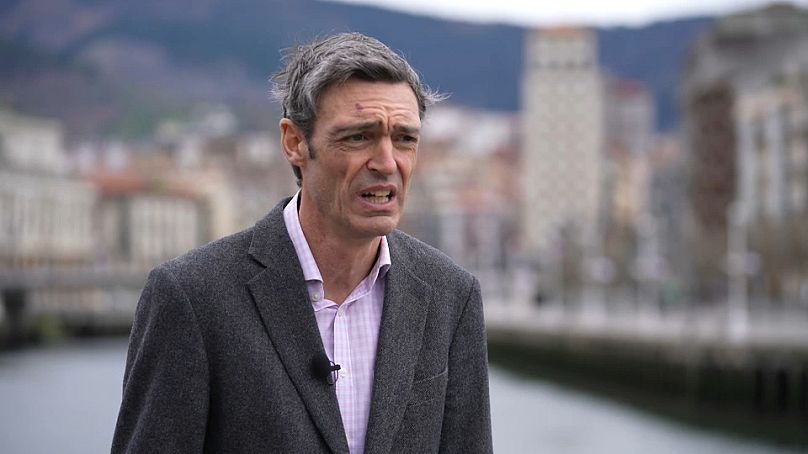With Europe's climate change targets, 35 million buildings are expected to be renovated by 2030, and many workers risk being exposed to asbestos.
With Europe's climate change targets, 35 million buildings are expected to be renovated by 2030, potentially exposing many workers to asbestos. So how should we reinforce protection against this toxic material, which remains present in many buildings?
To increase workers’ safety, the European Commission is proposing to reduce 10-fold the professional exposure limit to asbestos fibres. Real Economy's Fanny Gaurent travelled to France to discover what it means for those on the frontline of asbestos removal.
The French experience
The stricter tolerance level on asbestos that Europe is aiming for has been in place in France for a long time. On an asbestos removal site in the north of Toulouse, Emmanuel Pezet, the decontamination manager, explains the many security measures in place.
"For workers, there's personal protective equipment and respiratory protection devices," he says. "This depends on the level of dust and the risk analysis of the construction site. Then, a mobile decontamination unit, fences, a display, some signage and a waste area."
"There are environmental pumps and there are also measurement pumps for the operators to monitor compliance with the occupational exposure limit."
France has a very strict regulatory framework on the means to be used for the protection of workers and the environment on such sites. Dust measurements are systematically carried out.
Inhaled, asbestos fibres can cause serious illnesses such as lung cancer, which appear on average 30 years after exposure. Despite the uncertainties, asbestos removal operator Florian feels protected.
"For me, I have no fear concerning my job because we're very, very well supervised," he says. "We're the first to know where there's asbestos, compared to other trades on traditional construction sites."
Training is fundamental
South of Toulouse, we join Olivier Heaulme, the director of the professional risk management company Aléa Contrôles. At the asbestos training centre they teach how to handle the various pieces of protective and decontamination equipment. The company also analyses samples taken on construction sites to check the number of asbestos fibres in the air.
"It requires a lot of technical know-how, very specific, high-performance equipment," he says. "In France, we've had ten years of experience of this level that's going to be adopted within the European Union. It took a long time to get to that level. To get lower, it will take more time, new technologies, more training and so on, to get there."
In France, asbestos is responsible for 3 to 4,000 cases of work-related disease each year. Training is mandatory for all construction trades, and yet some professionals aren't aware.
"Training is fundamental," says Olivier. "Without training, you can't protect yourself from asbestos. It makes workers aware of the risks. There are techniques, reflexes to have, to protect oneself, and these reflexes are acquired through recurring training."
Katia Rozières has been an asbestos technical supervisor for one year and is updating her training. She practises the gestures that will allow her to manage construction site risk.
"We've a real responsibility to keep people safe and it's important to be able to use all means available - and there are a lot of things that exist - but also to be sure they're respected on the site," she says.
Calls for strong legislation
But are these measures sufficient to address this major public health issue?
William Cockburn, Interim Director of the European Agency for Safety and Health at Work, says strong measures are needed.
"Today we're seeing the deaths related to exposures that took place in the eighties and nineties," he says. "When we renovate or we carry out construction works, we risk exposing workers again to asbestos. So what we need are good procedures in place. We need to have the strong legislation that has been proposed with the good technical measures recommended there."
He says the proposal from the European Commission to reduce exposure levels needs to be placed in a wider context.
"Asbestos fibres are carcinogenic and as such there is no totally safe level of exposure," he says. "The more fibres are breathed in, the greater the risk of developing an illness. The legislation actually obliges employers to reduce the level of exposure to the lowest possible technical level. So the exposure limit is not an acceptable limit. It is actually an upper threshold. By putting in place a limit that is ten times stricter, we should anticipate quite increased levels of protection for European workers, but that needs to go together with awareness raising, with guidance and tools, and with proper procedures and strategies."
Many trade unions think that the exposure limit should be a hundred times lower to effectively protect the workers, but Cockburn says there are practical considerations against putting the bar too low.
"This is a difficult issue and one that the commission has addressed through quite extensive studies," he says. "At some point, you're approaching the background limit. Here we are in Bilbao will be breathing in asbestos fibres at a very low concentration. So really you have to find a practical limit."
And he says the costs of the current proposals are affordable.
"The study estimates that these costs are not so great and mostly will be able to be passed on to customers. There will, of course, be some costs for the governments as they will have to train inspection services, put in place new laboratory facilities for detecting these lower levels. But all of these costs really pale into insignificance when we compare it to the savings for society from the reduction in lost productivity, in treatment and hospitalisation costs, in compensation payments. And maybe most important of all, the cost in human suffering that we're seeing."
For this new limit to be compulsory across Europe, the parliament and the council of the European Union will have to reach an agreement, to help better protect workers against cancer.




















